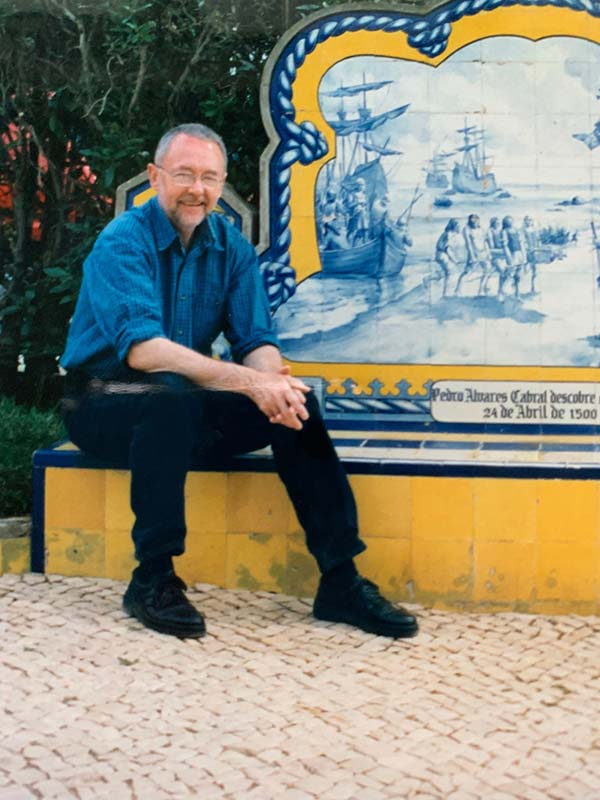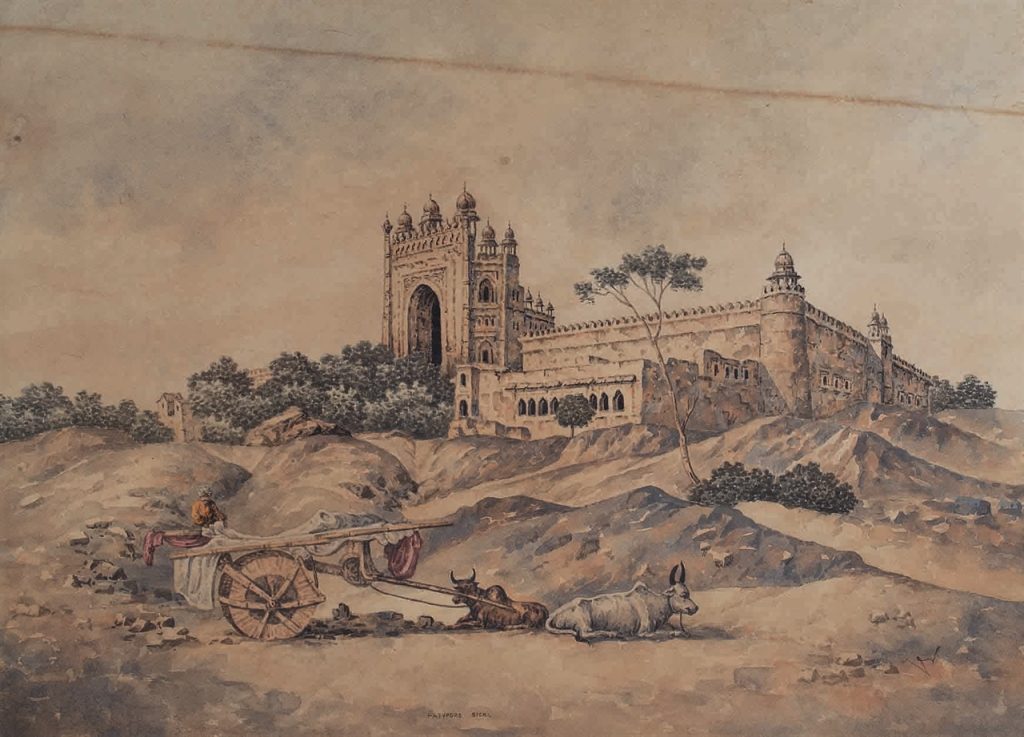Any research done in the field of art education is based on historical inquiry. On this journey, we uncover overlooked events and individuals, debunk complex concepts, and view history from various angles. This historical investigation makes an effort to contextualise colonial Indian art education’s past within a larger historical context for art education. It analyses the parallels and variations between the art education practises of England and India and raises concerns about the teaching of drawing and the negotiating of teaching practises between the cultures of the coloniser and the colonised.
The study provides a strong foundation from which to assess current methods of teaching drawing and concerns with culturally embedded pedagogy in Indian art schools. This study encourages students, particularly South East Asian students, to develop a link with their past in the postcolonial setting by reinterpreting the colonial past. It is a historical, theoretical, and comparative analysis that offers the chance to look at Indian art education from the coloniSer’s perspective as well as from the perspective of how the colonisers’ needs for power and education were reflected in it, showing that there were big differences between the education provided in the colony and in the metropolis.
According to David Thistlewood (1986), the mid-19th century design and implementation of Britain’s mandatory art education system was principally justified on the basis of its commercial relevance. It was an intentional and successful endeavour to replace regional differences with consistent standards of artistic and creative workmanship so that products created in Britain would have guaranteed quality ties and be recognisable in all global marketplaces. Thistlewood further asserted that as a result, the average worker will benefit from the export-induced wealth and have the resources to improve his social situation.

The British art school systems relied on imposed conventions decided by a central authority and were meticulously monitored (Thistlewood, 1986). Similarly to this, British colonisers in India micromanaged the art schools they founded and oversaw. The establishment of art schools in India served two purposes: aesthetic (a resurgence of Indian crafts) and economic (connected to the creation and selling of art).
There were 23 art schools in England, and they were well funded by both government and public funding. Each of the 400 professors and teachers employed by the institutions was highly skilled practitioner in a particular field and qualified to teach. In India, a country with a population close to 200 million, there were only four art schools, each of which was 900 miles or more away from its closest neighbour.
For brief periods, one European official carried the weight of the entire school administration with no assistance from public funds. In his study of the duties performed by Indian art schools published in 1910, Cecil Burns, the principal of the Bombay School of Art, noted that because principals were also expected to carry out other administrative responsibilities outside of the school, they were prevented from completely managing the institutions. The only assistants in the Indian art schools were local labourers who could not read or write English and were therefore unable to use the Western textbooks that were used to teach some of the mechanical skills.

The fact that there are fewer options for hands-on art training in India than in Britain may be another significant distinction between the two nations. In England, the studios and workshops of big, successful companies supported chances for art students to receive practical instruction outside of the art school. These design studios and workshops were run by highly talented artists who were skilfully supported by skilled craftspeople. By taking evening classes at the nearby art schools, the students at these studios were able to augment their studio and workshop practice. As a result, studios, workshops, and schools operated in one, each giving what the others lacked and so preparing designers to replace the older men as they retired or offering trustworthy knowledge for new enterprises as they were started
Additionally, there was an endless supply of qualified designers in England, and businessmen who invested money in the sector hired the best people. On the other hand, this was not feasible in India because there were neither workshops to make up for what the others lacked nor any qualified designers. Because of this ongoing lack of practical training, Indian students were unable to get employment. The British government did make an attempt to find ways to give Indian art school students more outside-the-art-school practical training possibilities. For instance, the officers felt it was crucial to set up a drawing office and studios with workshops where art school students could create and complete work for the decoration of public buildings. These facilities would be managed by public works department employees and art school instructors.
Both nations had significantly different training programmes for craftspeople. The life-drawing course served as the foundation of the fine artist’s instruction at the academy in England. By creating a two-tiered system of professional art education, Britain found a solution to the difficulty of training artisan designers (Efland, 1990). The method used by Benjamin Hayden had a significant advantage over those of William Dyce and Richard Redgrave. At the very least, Hayden’s “figure first” suggestion made sure that students could sketch before allowing them to proceed with their studies. In India, however, there was a fusion of these two tiers, which led to rivalry between the departments of art and industry.
Although the local artisans had significant artistic talent, the art schools were unable to draw students from the working craftsmen because they were unable to see the value in studying systematic drawing techniques and applying them to their work. As a result, the wealthy sons who just wanted to learn the academic drawings of the French ateliers and benefit from the British literary education were allowed to the schools. As a result, schools evolved into collections of academic art and exclusive institutions. Additionally, as the arguments over fine and decorative art grew more intense in the 1890s, these schools’ very existence was called into doubt.
The pedagogical practises that developed in the educational system in the British Empire and the Indian colony were inescapably influenced by the cultural environment of the time when seen from the many views of scholars, historians, and art educators in the postcolonial present. The original goal of integrating the training of drawing into Indian art schools—that of resurrecting dying Indian crafts—was quickly abandoned since in that context, the Europeans valued the Indian and the commercial over the artistic. Whose interests did the art schools actually serve, then, are brought up by this?
A key strategy in the employment of art education as a colonisation instrument was the teaching of drawing. While copybook and academy drawing were viewed as particularly helpful for the 19th-century Indian student of the colonial art schools, nature and art were regarded as questionable. Drawing was regarded as an effective training technique because it was believed to promote the growth of self-discipline, a quality that British colonisers sometimes believed Indians lacked. Drawing at 19th-century Indian art schools was considered as a significant instrument for assisting in the production of effective, well-trained, calm, orderly, well-behaved, and submissive workers for the increasing commercial and Indian elites. Consequently, teaching drawing acted as a potent tool for curriculum reform along with other components.
It is evident from the histories of art education in the Empire and the colony that the 19th-century entrepreneurial class, both British and indigenous, backed an industrial-based system for teaching drawing to the extent that such a system served their own financial self-interest. The South Kensington system and its offspring tended to be connected with art education for social control, which helps make sense of the spread of British art education in a postcolonial environment. A lesson in the arts. served the economic needs of the dominant culture, treating learners in the art schools as future workers, as “human capital that needed to be civiliSed through acquiring a patina of cultural capital”
This study serves as an example of the significant influence that neglected histories of art education have on moulding those histories. What repercussions might this kind of research have for the authors of art education history in particular and education histories in general that have mostly left out South East Asia? Can the forgotten history of art education be recovered?
Additional research into these histories opens up novel and promising directions and viewpoints for research generally. By defining the connection between the colonial past and the postcolonial present, the recovery of forgotten histories serves as an invitation to others to take up the reframing of their own cultural history. Scholars of South Asian art education can now reexamine Indian art education from the perspective of the present thanks to postcolonial study.
Source: Studies in Art Education , SPRING 2012, Vol. 53, No. 3 (SPRING 2012), pp. 208- 222 Published by: National Art Education Association

Contributor






